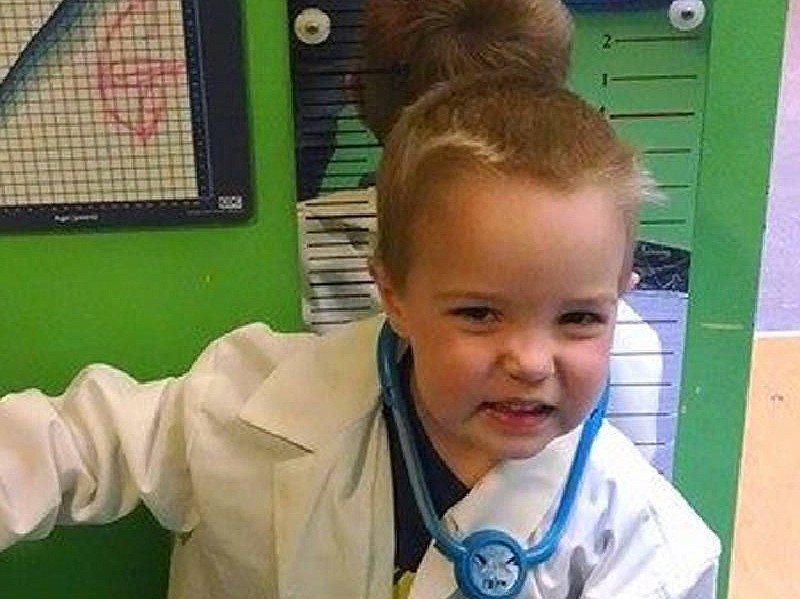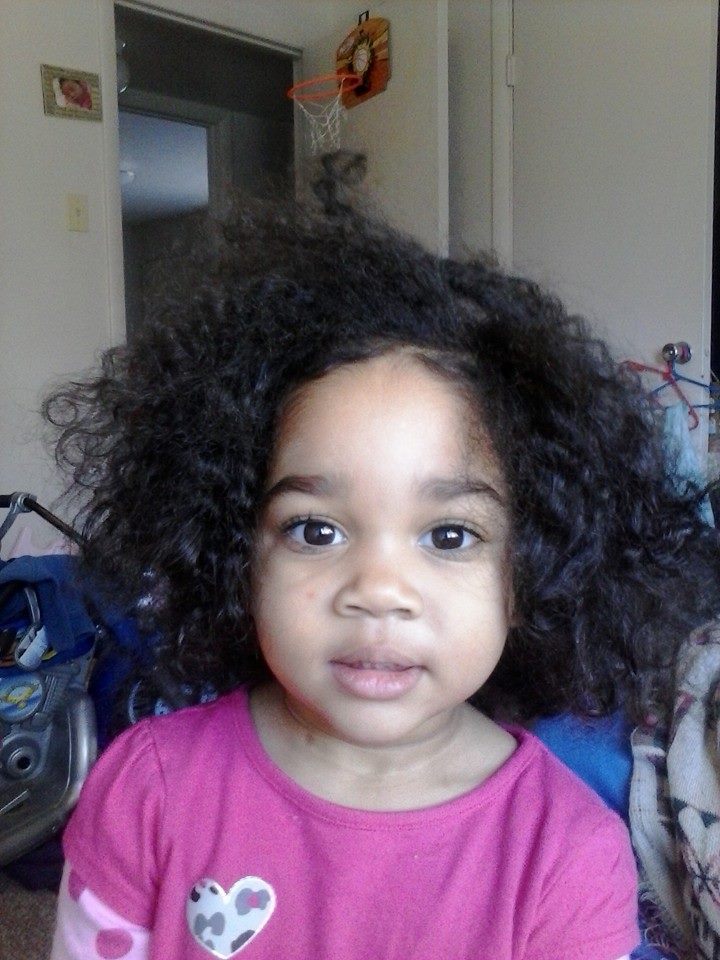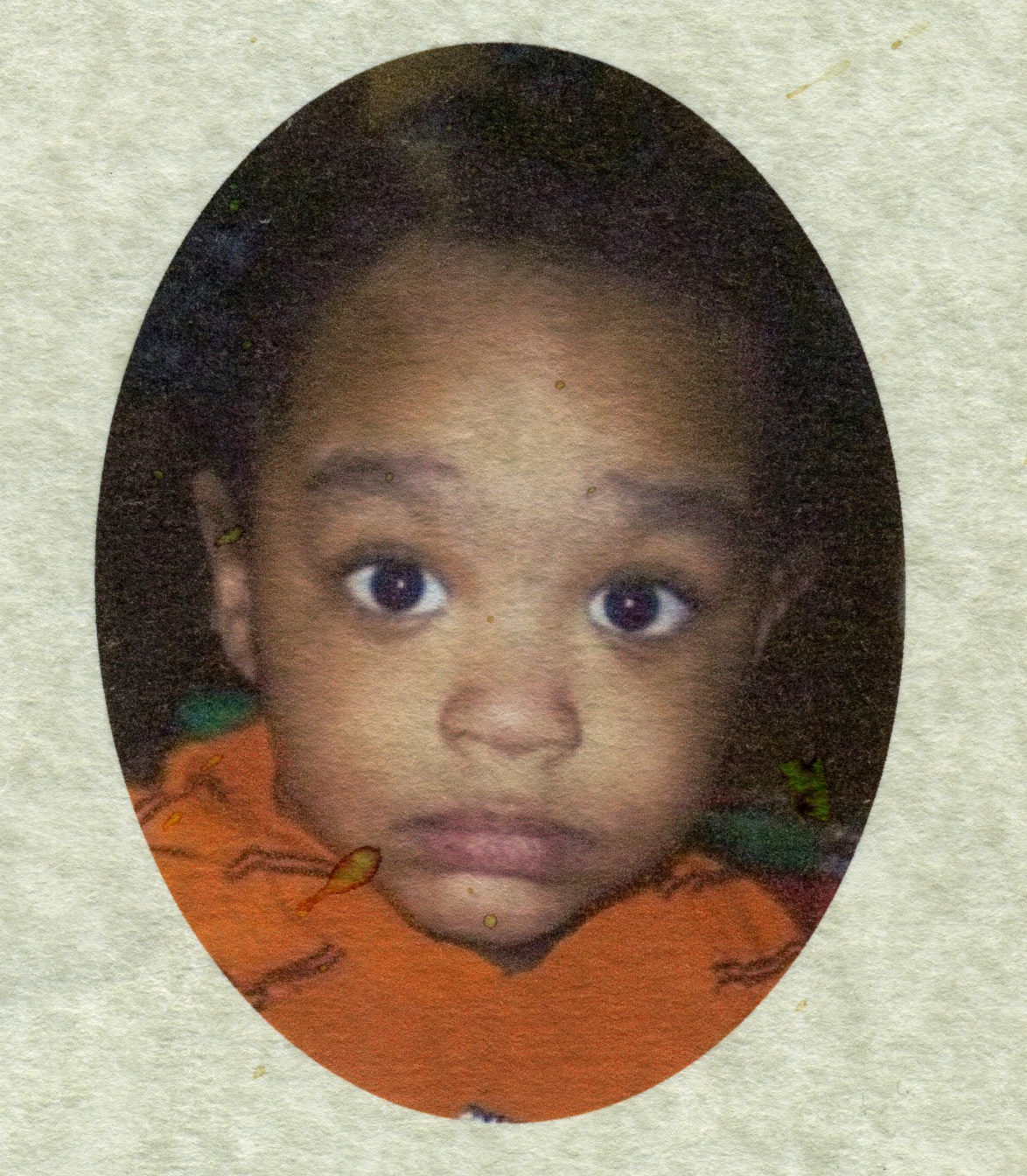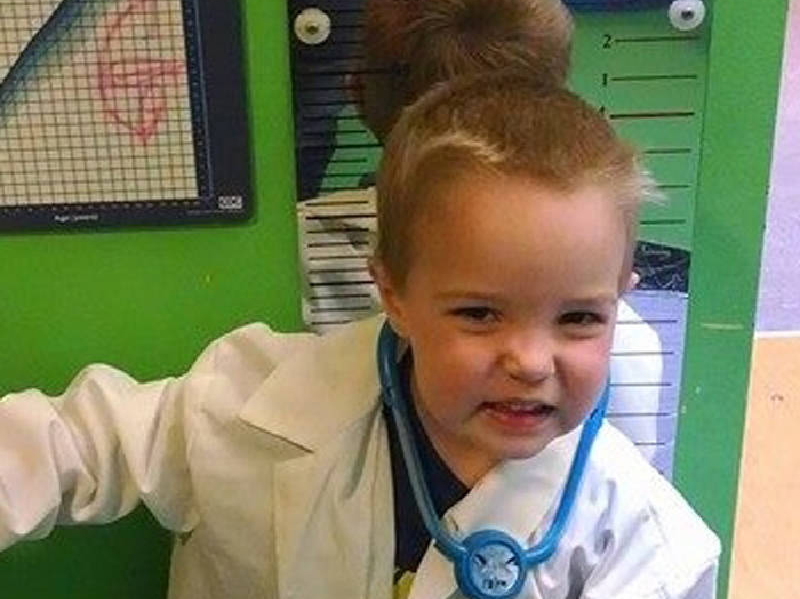Three-year-old Dakota Arndt, 1-year-old Demarcus Bryant and 3-year-old Tatiana Emerson all died at the hands of an adult in the Chattanooga area last year.
The toddlers were three of at least 20 children to die of child abuse or neglect in Tennessee during 2014, state records show. Another 109 child deaths are still under investigation.
Child abuse deaths in tri-state area*
* 2012 -- Colin Eugene Russell, 3 months * 2012 -- Leland and River Bates, 5 years and 3 years * 2013 -- Landon Robbins, 5 years * 2014 -- Saharah Weatherspoon, 2 years * 2014 -- Demarcus Bryant, 23 months * 2014 -- Tatiana Emerson, 3 years * 2014 -- Dakota Arndt, 3 years *Represents a selection of reported cases Source: Times Free Press archives
That's too many, authorities say.
On Tuesday, a federal commission of presidential and congressional appointees met in Memphis and considered new methods that states and child advocacy centers can deploy to keep children from dying.
"It's time we start looking for visionary ideas to protect these children," Chris Newlin, executive director of the National Children's Advocacy Center, told the panel of 12 people during the meeting.
It's not enough for child protective services to be purely a reactive organization, Newlin said. Instead of waiting for reports of abuse, agencies should start evaluating a child's risk as soon as the child is born, he suggested.
Newlin outlined a new idea to commissioners on Tuesday: Why not pull the addresses of all newborns and cross-reference those addresses with the number of times police have responded to the homes for domestic violence or animal control calls?
Newborns leaving the hospital and entering homes in which domestic violence is common then immediately would raise red flags, he said.
"It gives us an idea of whether this child is going into an environment -- at a very, very young age of one day, two days -- where there may have been issues with impulse control and criminal activity," Newlin said.
Then, he said, a multidisciplinary team could review those cases and begin to work to prevent child abuse before it happens.
Such a policy might have helped Dakota Arndt, who allegedly was beaten to death at the hands of his mother's live-in boyfriend in August 2014. His mother had filed a restraining order against her boyfriend, citing domestic violence. And neighbors and family members said police were frequently called to the house.
In fact, before he died, the Tennessee Department of Children's Services had investigated allegations of abuse in Dakota's case. And that's not unusual -- 52 percent of the 211 children who died among allegations of abuse or neglect last year had also been visited by representatives of the agency within three years of their deaths.
And there are other warning signs of abuse that are being missed, said Nancy Young, director of Children and Family Futures, a nonprofit organization based in California.
In 2013, the Tennessee Department of Children's Services found that 46 children died in cases of abuse or neglect. Department records showed that, of the 46 children, 42 were born in Tennessee. And 9 percent of those Tennessee-born children who were later killed had been exposed to addictive, illegal or prescription drugs while in the womb.
But, Young said, while the U.S. Department of Health and Human Services recommends screening during pregnancy for 57 medical conditions, the agency does not recommend testing for prenatal substance exposure. She said that's a major missed opportunity because nationally a full third of children removed from their homes by child protective services are removed because of parental substance abuse.
Young also suggested that families need more support and services, rather than solely criminal prosecution on drug charges.
"With guidelines that babies are tested for 57 conditions, is it just stigma that prevents us from identifying babies that have been prenatally exposed to alcohol or drugs?" she asked commissioners. "Or is it our conflicted societal values that suggest this population of mothers should be treated punitively rather than utilizing a public health response to ensure the family's safety and well-being?"
Young and Newlin were two of about a dozen people who offered ideas to the commissioners, who are tasked with developing a national strategy to reduce child abuse fatalities across the nation.
The commission, established in 2013, will report its findings by the end of 2015.
Contact staff writer Shelly Bradbury at 423-757-6525 or sbrabury@timesfreepress.com.
Contact staff writer Kendi Anderson at 423-757-6592 or kendi.anderson@timesfreepress.com.



